Former Los Angeles Police Officer and FBI Special Agent who now works as an investigator with Northrop Grumman. A collector of Japanese military uniforms and equipment for over 30 years. Author of several books on Japanese uniforms, equipment and I-400.
Tell us a little about yourself
I was born in Pasadena, CA, in 1954 of Ogala/Lakota Sioux parents by their way of the Reservation at Pine Ridge, South Dakota (Oglala Nation), and raised as a child in Monterey Park, CA., which in those days was almost 99% Nisei (1st generation) Japanese-Americans. As kids we ate, slept, bathed together, as we re-enacted the Saturday morning war and/or cowboy movies we'd watch on TV. In those days I told my childhood peers that I was Hispanic; this way I would not have to be an enemy native or on the losing side when we played Cowboys and Indians.
In 1940, my father lost his job at the LA produce market and enlisted in the US Army training at Camp Roberts, CA in artillery. By 1941, father found himself in the thick of the war effort and was hurried off to Hawaii for further training as an infantryman. Assigned to a segregated unit made up of other Native Americans from the Nations of Pima, Navajo, Cheyenne, Blackfoot, Chumash, only to mention a few; the government thought at the time that these guys all talked the same language, English. Shortly after father was rushed off to Australia for more training in war tactics and the art of drinking booze with what father described as "those crazy Aussies," then engaged Japanese troops at Biak, New Britain, Yap, Leyte, Mindanao, and occupied Japan.
Father never talked about the war much as a kid, but I'd watch him working in the garage where a hung Japanese Arisaka, Type 30 bayonet, tropical Superior Private Army uniform, and wallet laid for my amusement. I was finally given the uniform at age 9, and I was the only kid on the block who would wear the actual tunic of a Japanese soldier when playing war games. Meanwhile, father returned from the war speaking plenty of the Japanese language, during which time I would hear him speaking to our Nisei neighbors, while bartering deep sea caught tuna for flower arrangements.
As I grew older, I realized my fathers Pacific War souvenirs were not toys and were collectible. For Xmas, birthdays, and on my own I would obtain Japanese WWII artifacts, in these days very cheap, not to mention that they were plentiful in the day. By age 20 I had acquired a little museum of sorts of both Japanese WWII Army and Navy uniforms and equipment.
How did you begin researching & collecting?
At age 20, collecting took a short break in my life while I pursued a few years as a Los Angeles Police Officer. My father then told me that I was too wild and "acting like John Wayne" on the LA streets, thus I became a more respectable Special Agent with the FBI. During this time, I began collecting Japanese artifacts again. It was during this time while working terrorist cases with the Bureau during the 1984 Olympics, that I purchased a book about famed Japanese Navy pilot ace, Saburo Sakai entitled, Winged Samurai by Henry Sakaida.
I subsequently met Henry Sakaida at the now outlawed Great Western Gun/Military show, in Pomona, CA. Henry and I then began a special friendship and would partner in a historic forensic spirit, he collecting WWII Pacific Campaign stories while I collected the true artifacts from same.
Shortly after through Henry, I met Saburo Sakai, and then my true passion changed from any Japanese WWII artifact, to strictly Japanese Navy Aviation uniforms and equipment. In one of our several meetings with Sakai, he (Sakai) dressed in full Japanese Navy flight gear upon our request which we video taped at the time. In this rare video footage, Sakai wore the flight gear with such authority closing his eyes while speaking in Japanese, "I've done this so many times, I could do this in my sleep!"
Tell about your Osprey Books
My Osprey Elite 86 book Imperial Japanese Navy Uniforms & Equipment (2002) followed shortly after my Hosokawa/USS Wahoo article and was the first Osprey book to reflect live Japanese models wearing actual original Japanese Navy flight gear, rather than artist water color interpretations.
In May 2006, will be the release of my Osprey Men-at-Arms 432 book Japanese Naval Landing Forces Uniforms and Equipment 1932-1945, which I co-authored with a friend and fellow collector Robert A. Rolfe.
Again, this project was photographed using live models wearing the original uniforms and equipment, and is the second such project Osprey has allowed me to do using this format. Many will agree that an original artifact photographed in color speaks a thousand words rather than color art work.
Speak about you work with the I-400 Story
In regard to our book I-400 Japan's Secret Aircraft-Carrying Strike Submarine: Objective Panama Canal, I feel that our opening Introduction "History in a cardboard box," speaks for itself. Henry Sakaida, Koji Takaki and I, celebrate that this project was an act of divine intervention, and the timing was purely thrown on our laps. What a passionate team we have made, not to mention the numerous individuals that assisted us in completing this project, to include both the actual Japanese and US veterans. Henry and Koji will agree that we approached the I-400 project with such integrity that we could all testify in court under oath in regards to our research and/or interviews.
Some have argued that we did not mention discussions of "germ warfare" related to the I-400 class submarines. My FBI background would tell me that if an eye-witness such as I-400 number one Aichi
M6A1 "Seiran" pilot Kazuo Takahashi and others telling us that they personally shot enemy soldiers (while under orders) in the ocean waters after the sinking of then enemy shipping, why would they not tell us that they were told that they were to engage in dirty (germ warfare) bomb tactics, if it were not true. Whether these discussions included I-401 or I-402, it is further not known, but it certainly was not shared or documented facts by either of our Japanese or US I-400 crew members. Furthermore, to allege that our WWII Japanese or US I-400 crew members lacked candor during our research or were hiding facts is preposterous!
As many researchers and historians would agree, there must be a cut off somewhere in order to formerly tell the story, unlike a homicide case. It is inevitable that minor facts, resources, or photographs would surface after and upon our publishing of the I-400 book. We also felt an obligation to get this story out before our surviving Japanese and US I-400 crew member furthered on eternal patrol. Lastly, we left this project open ended in the event, other interested individuals desired to continue the project journey.
Any Upcoming Projects?
I've comissioned a bronze statue created by artist Don Lynch. It is available via SamuraiStaute.com.
Thank you Mr. Nila for the interview |
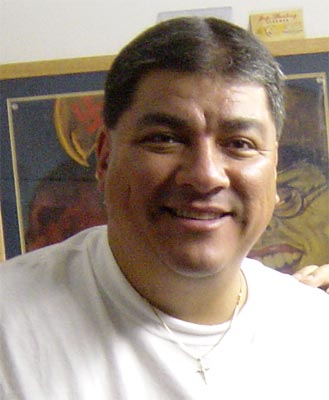
Gary Nila
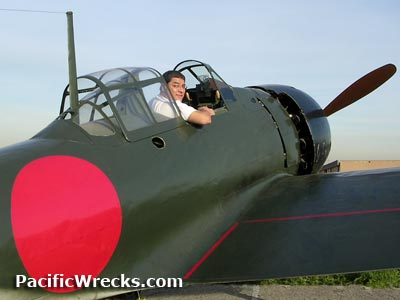
Nila i the cockpit of A6M5 Zero at Chino Airport
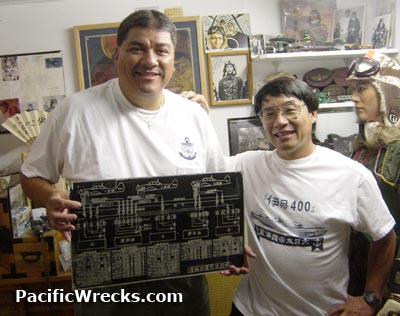
Nila and Sakaida
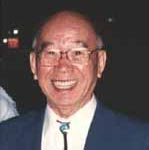
Saburo Sakai

Japanese Naval Aviation Uniforms and Equipment 1937-1945
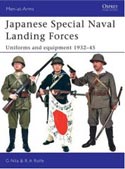
Japanese Special Naval Landing Forces
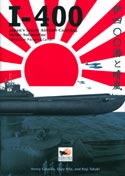
I-400 book
by Nila, Sakaida and Takaki

Samurai Statue
|